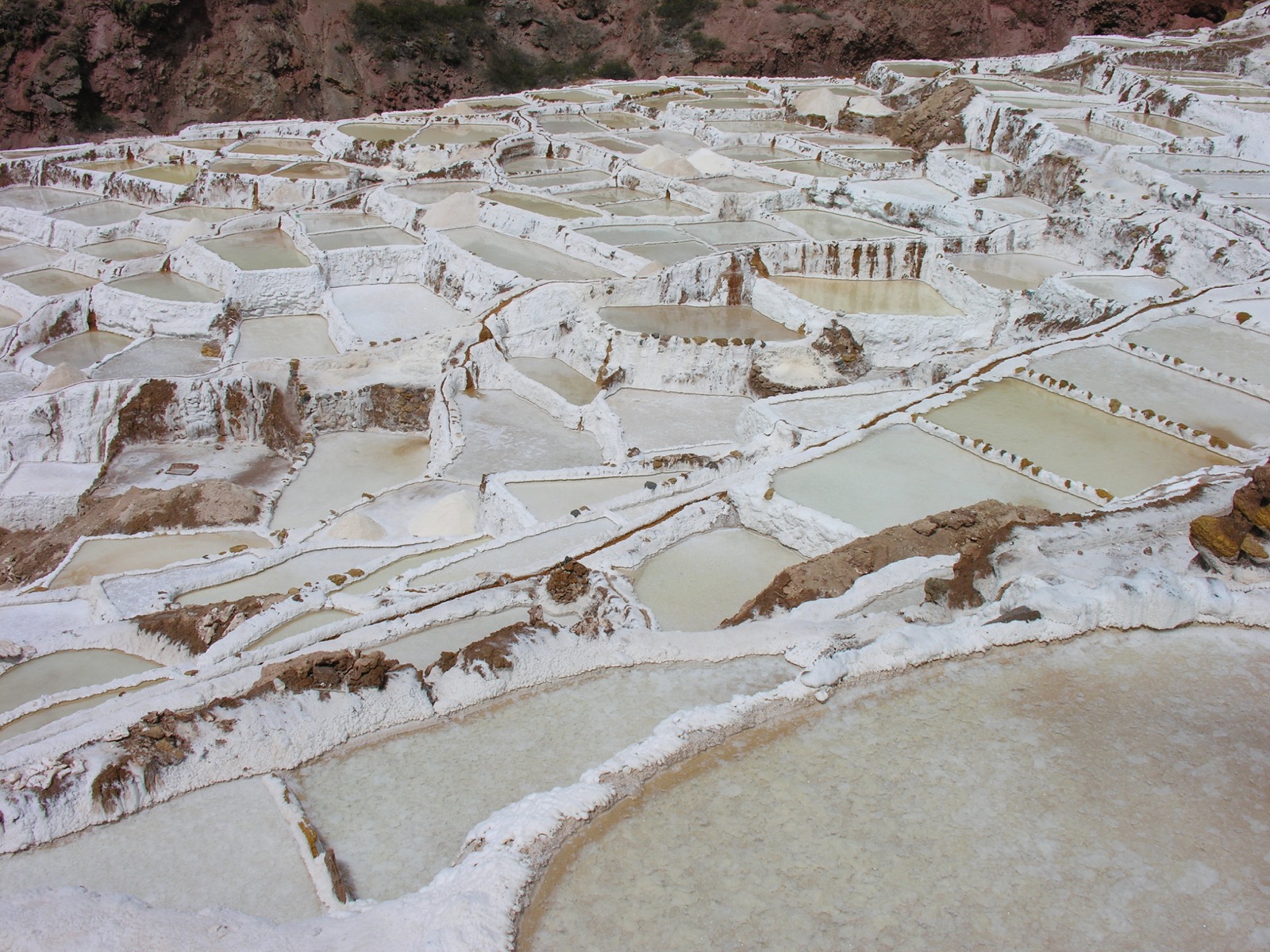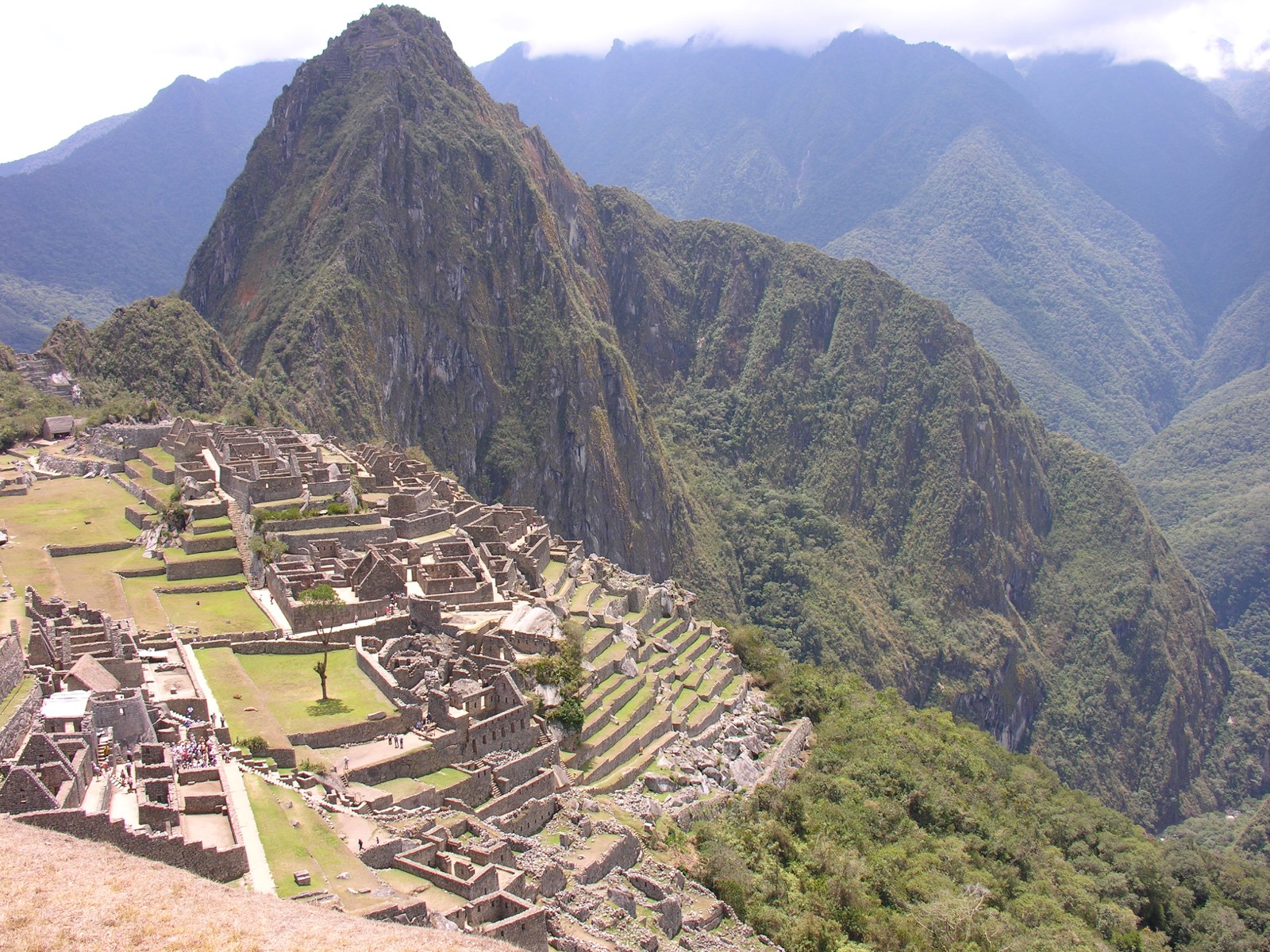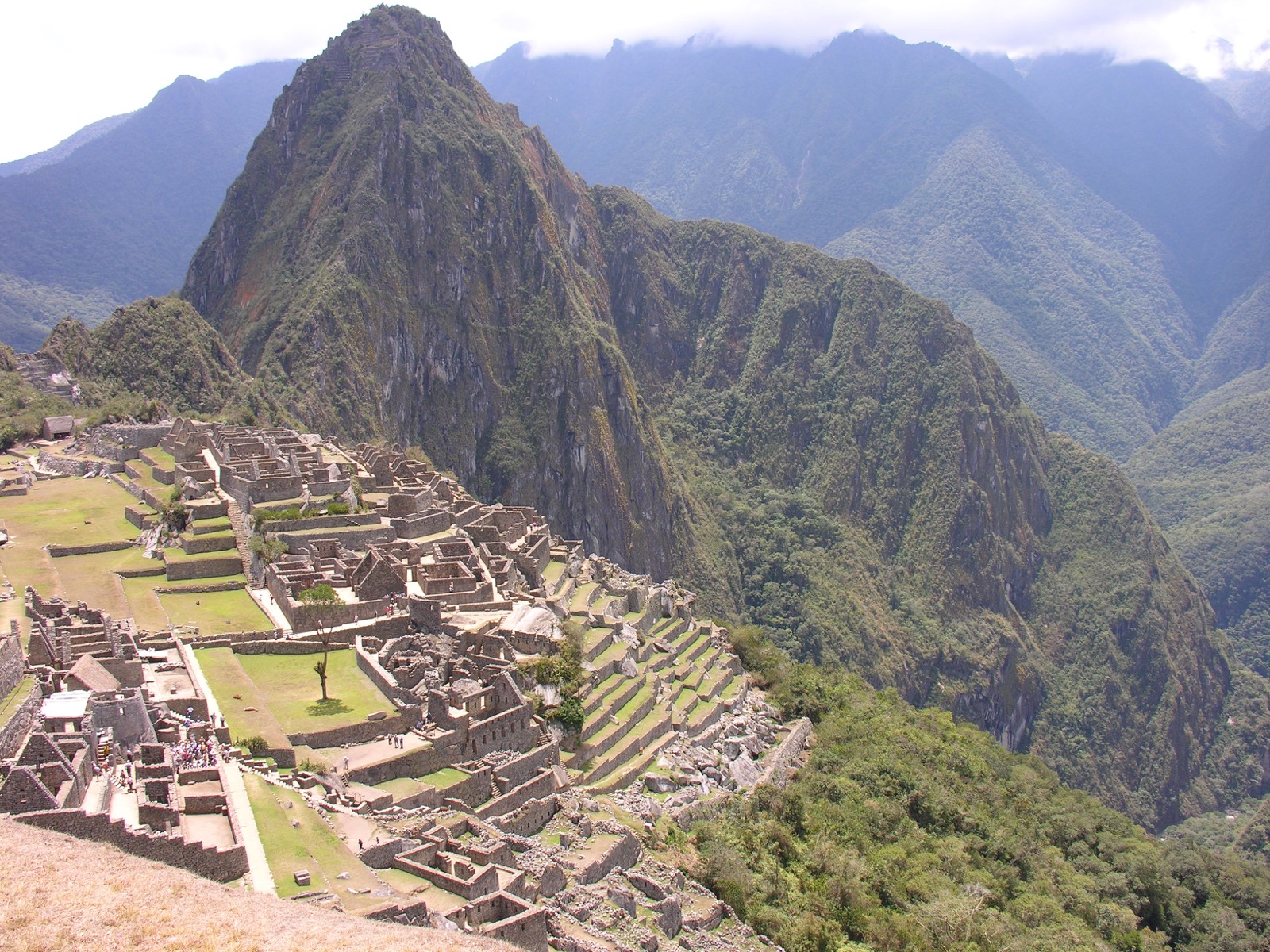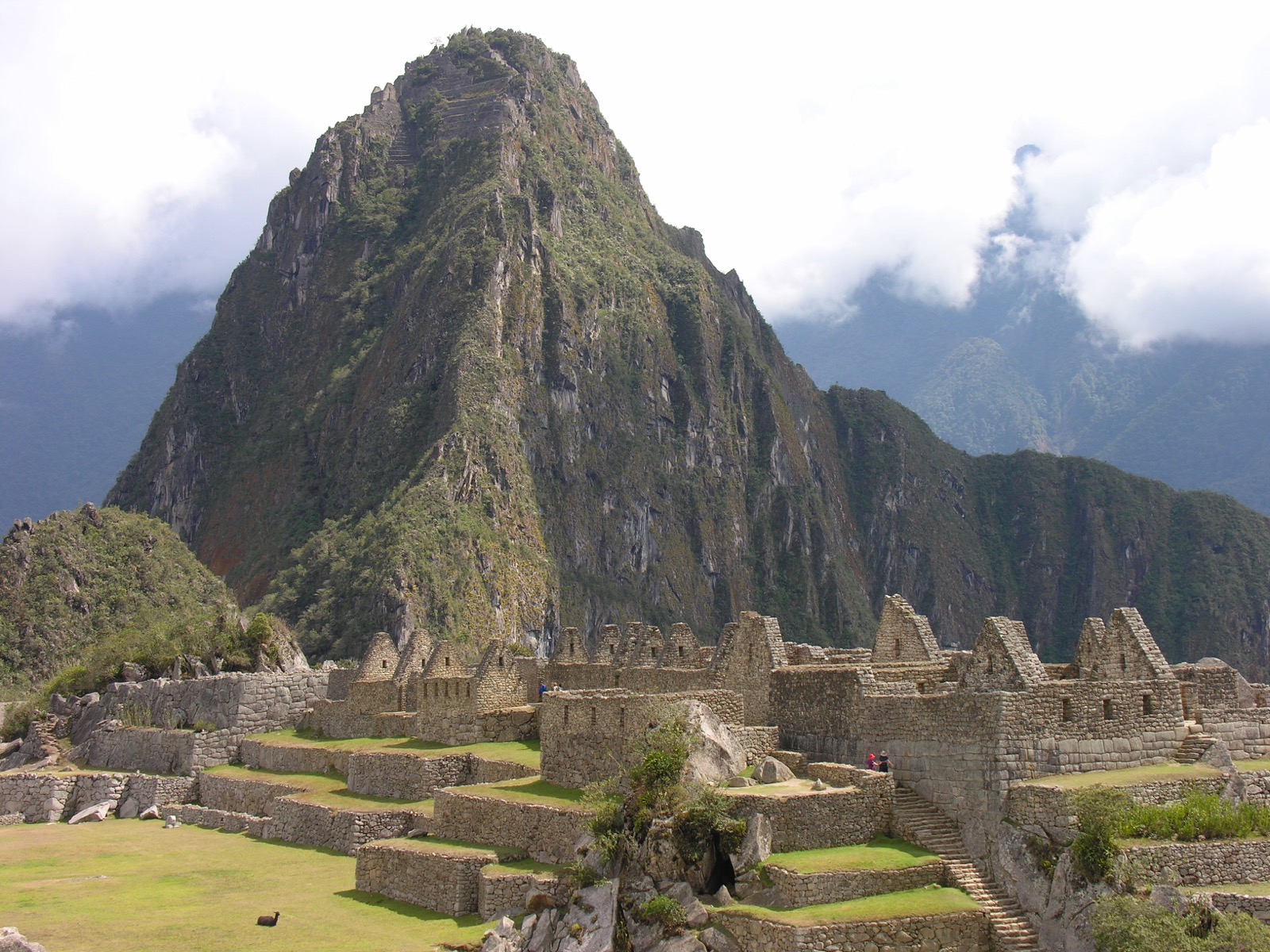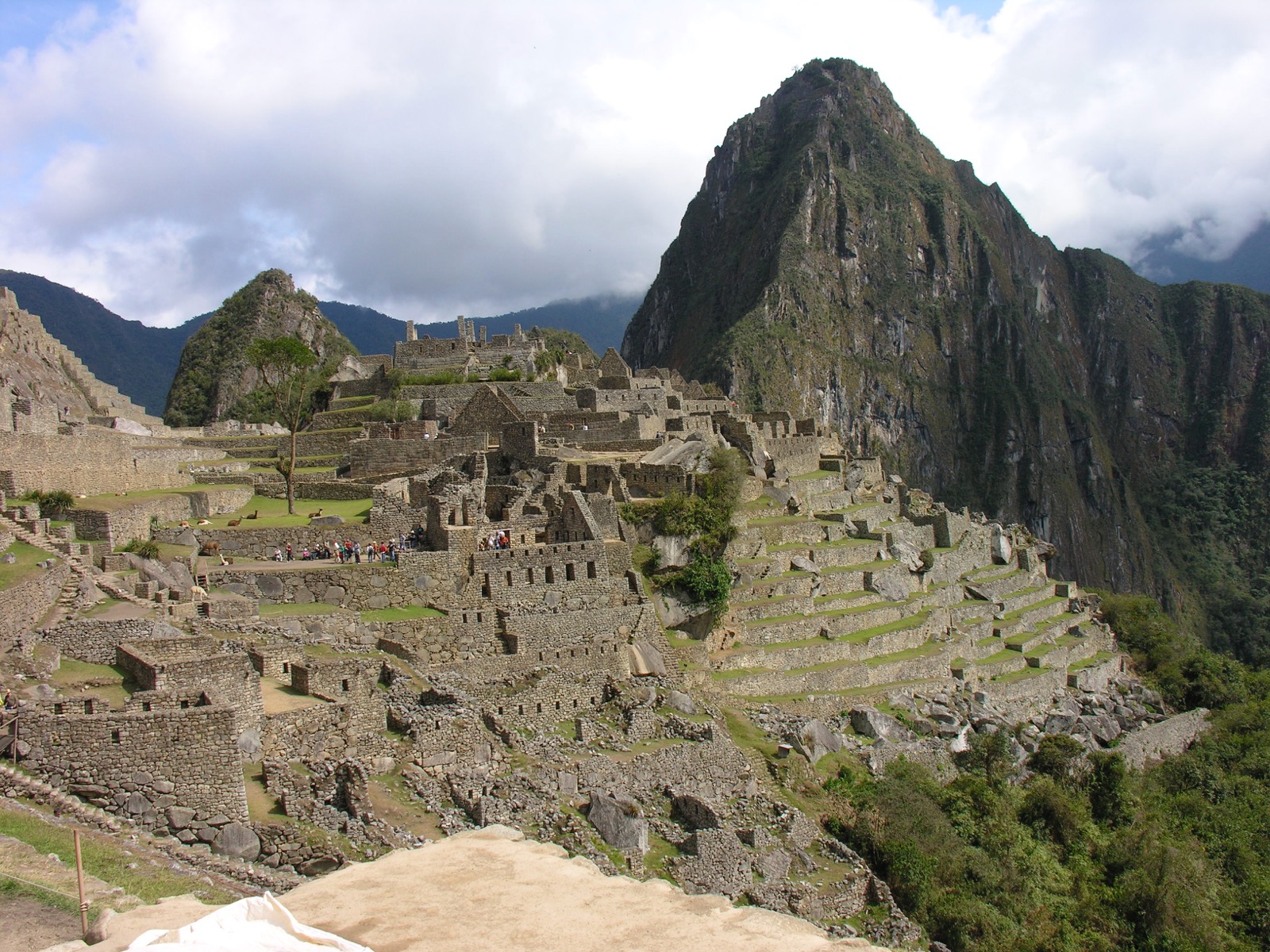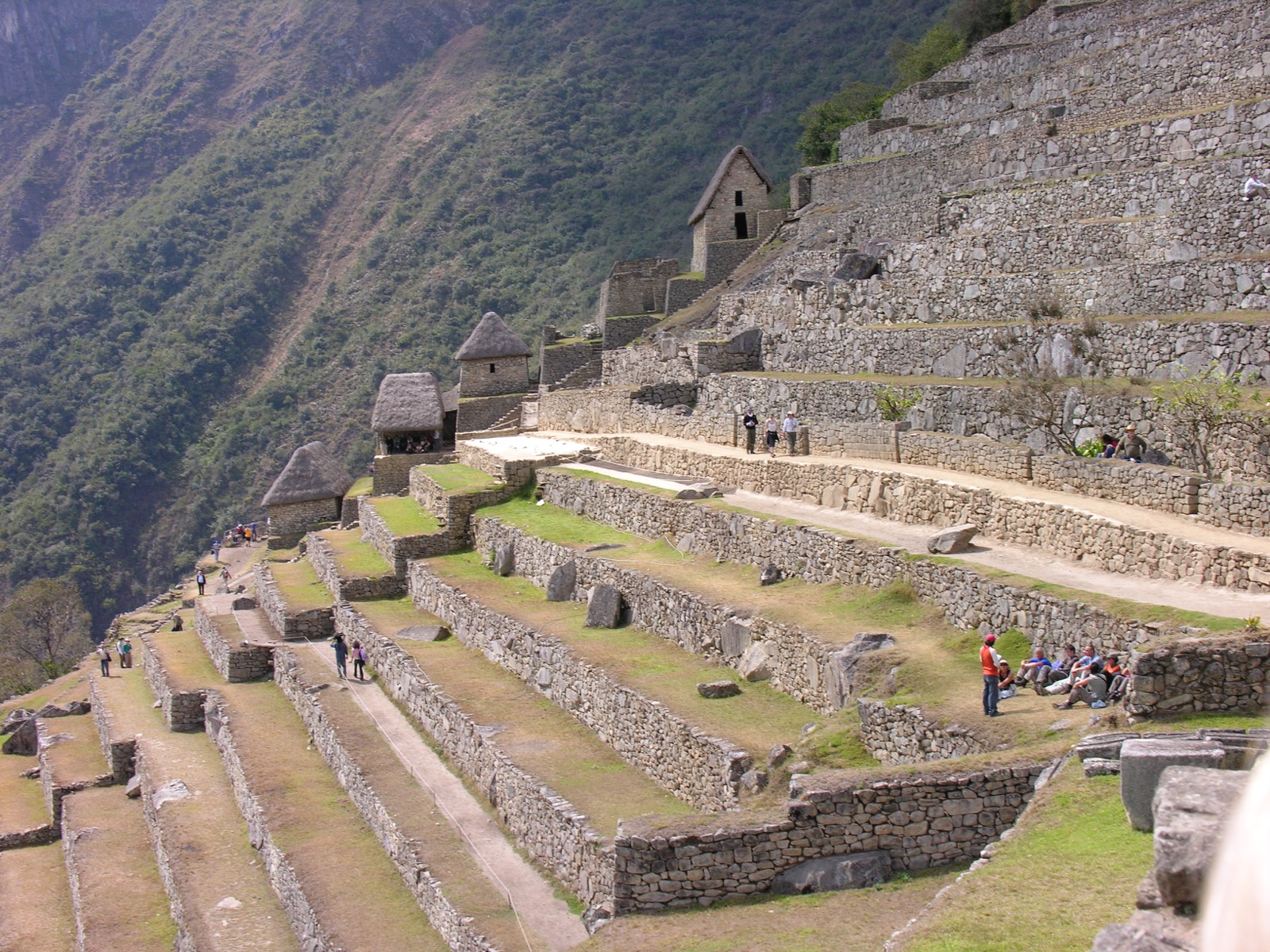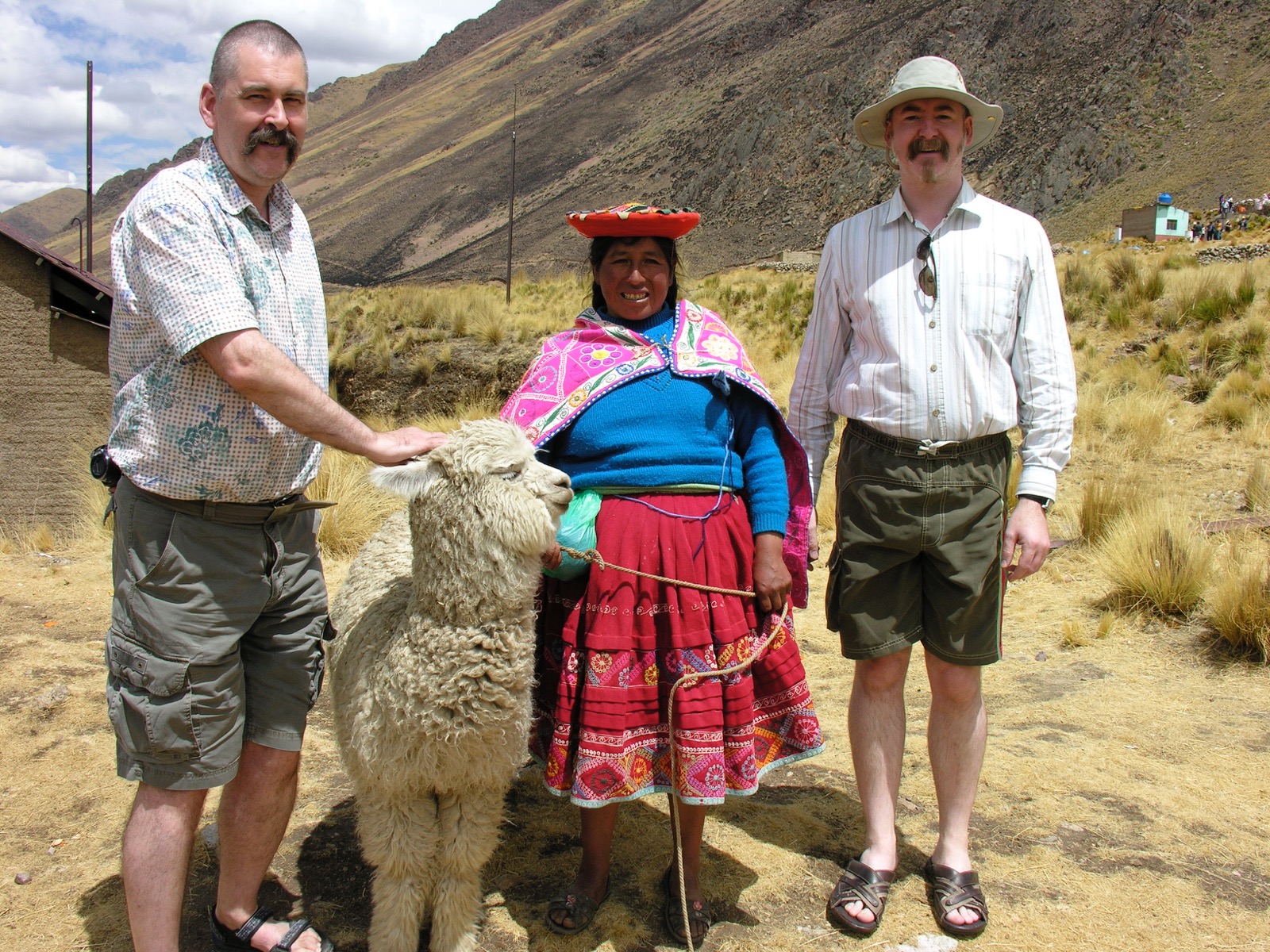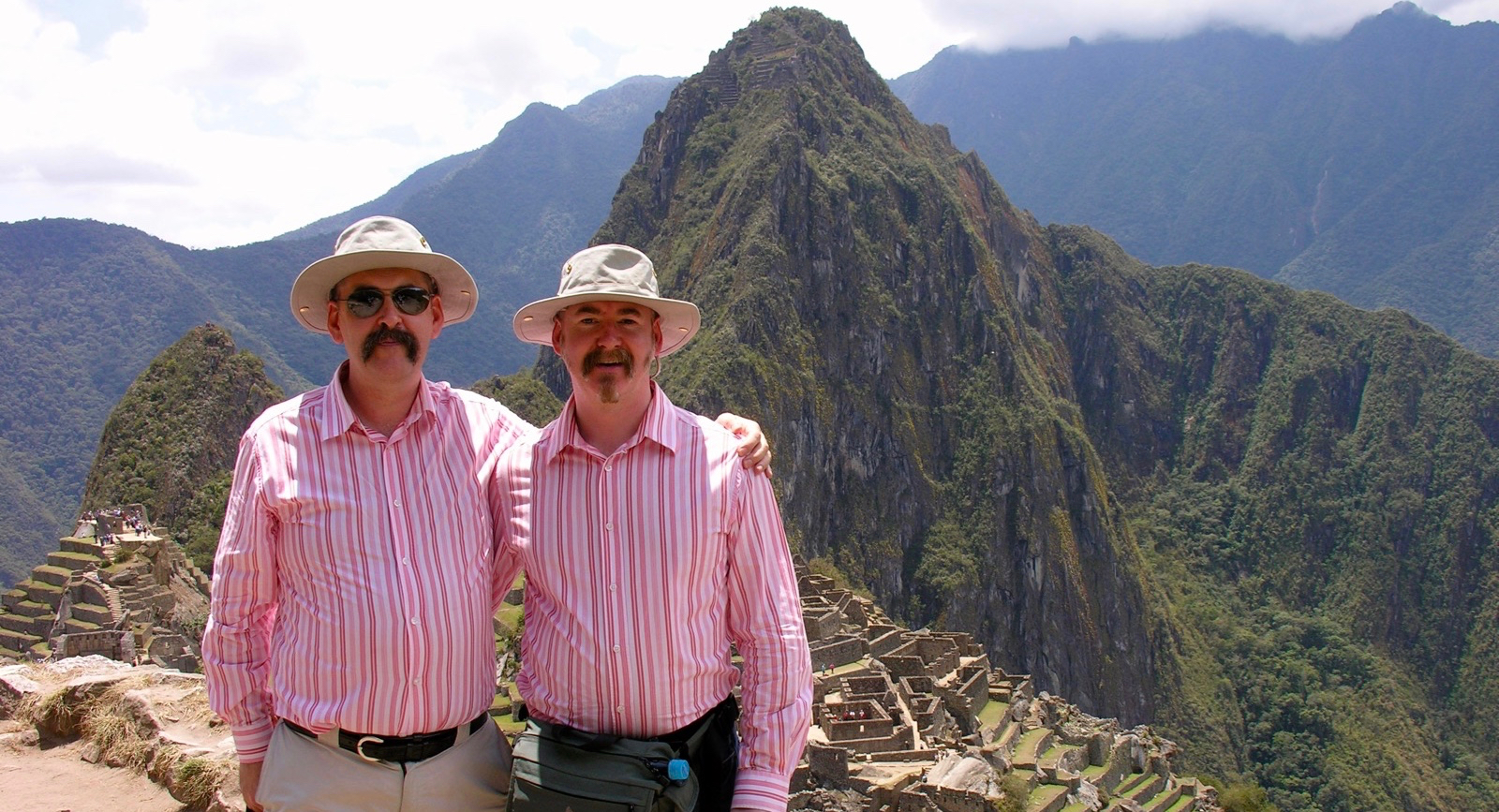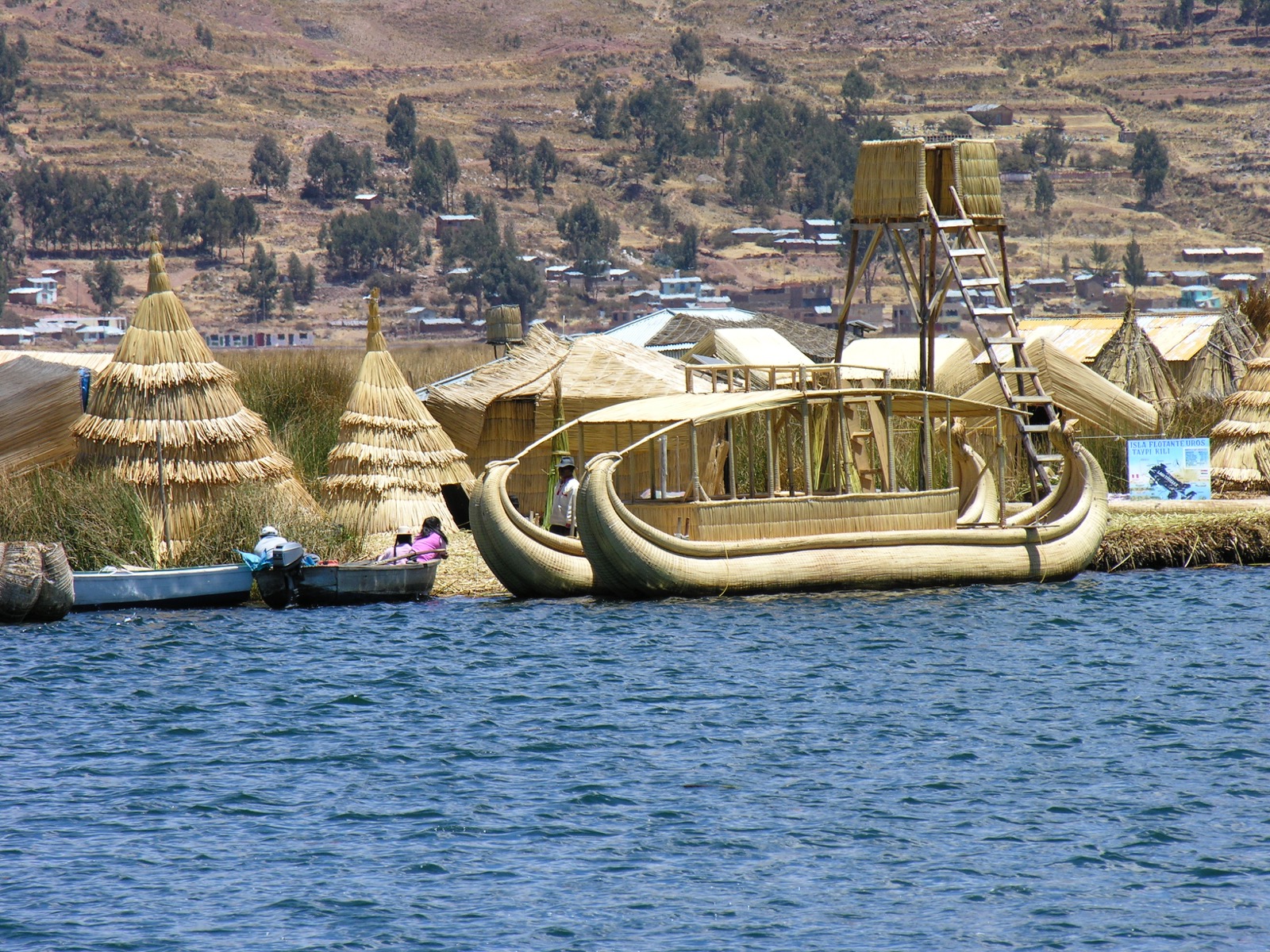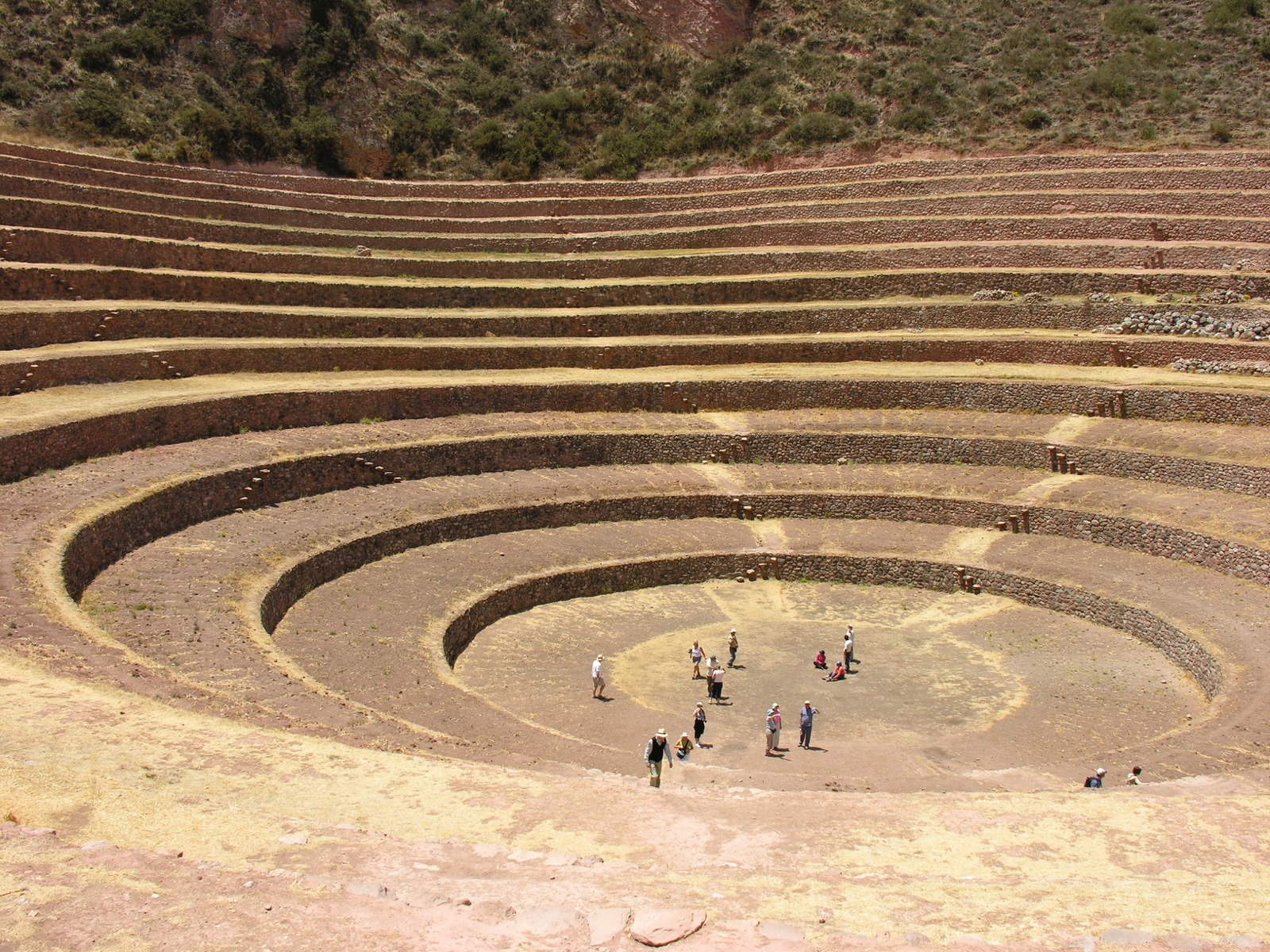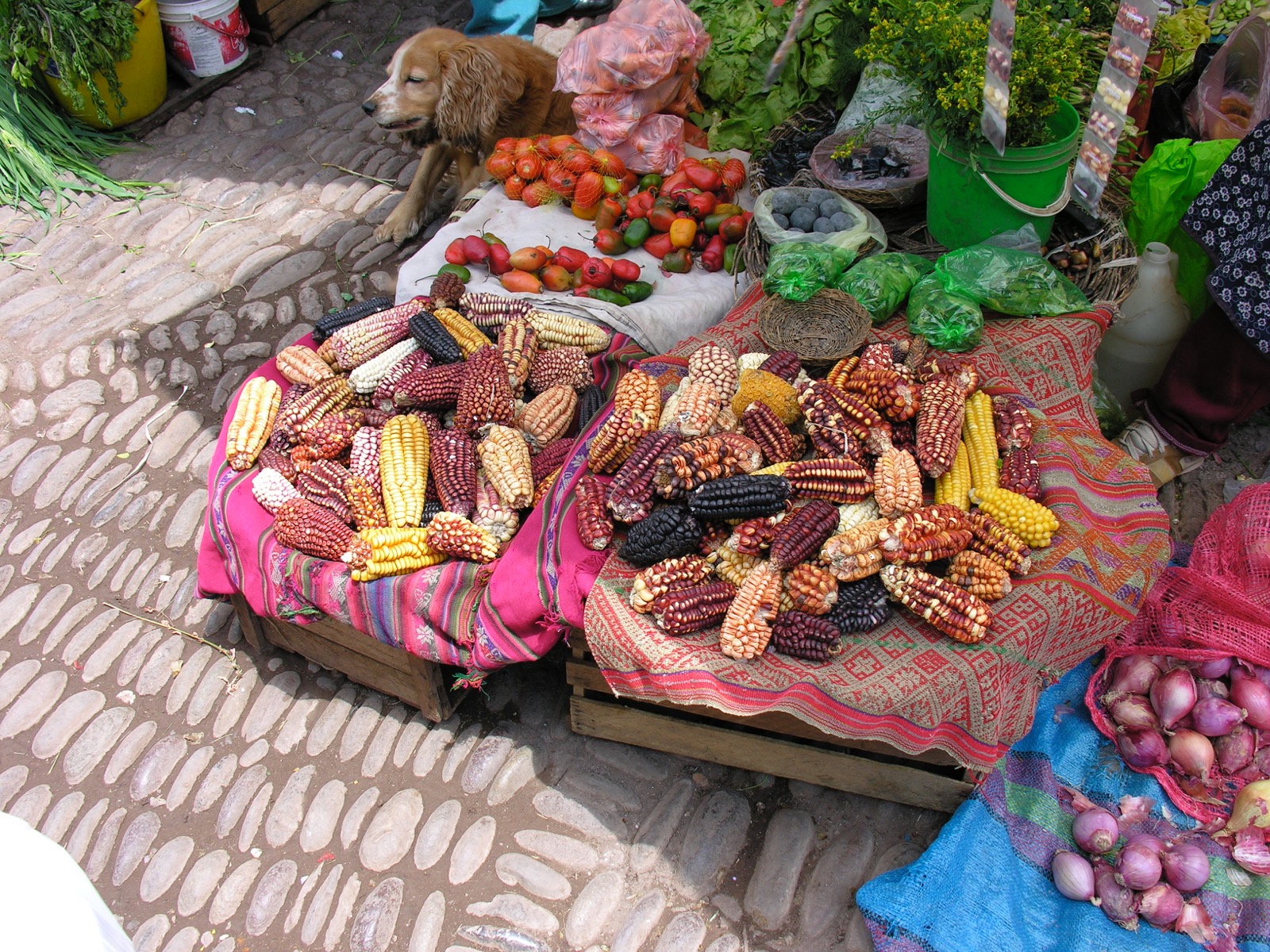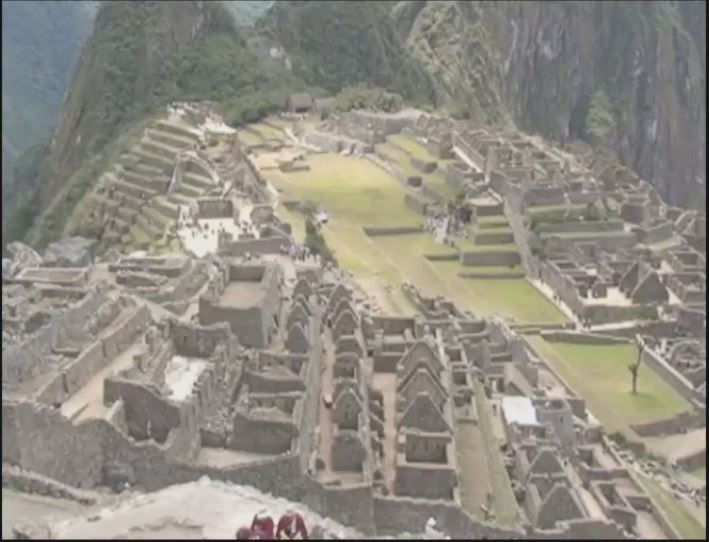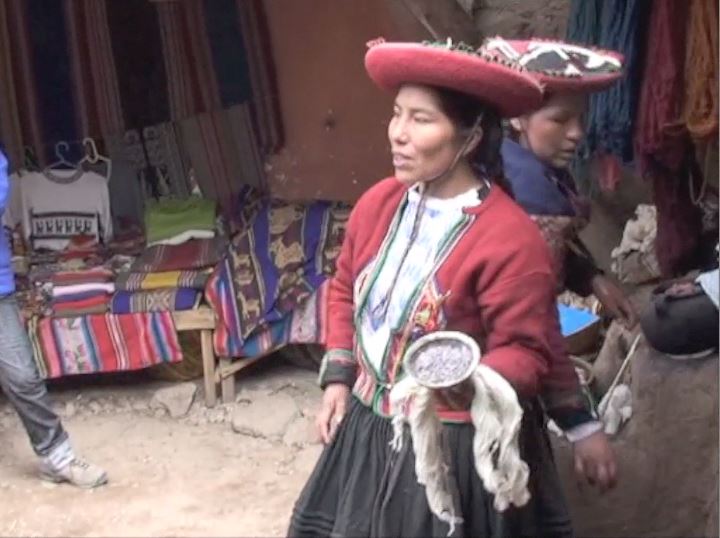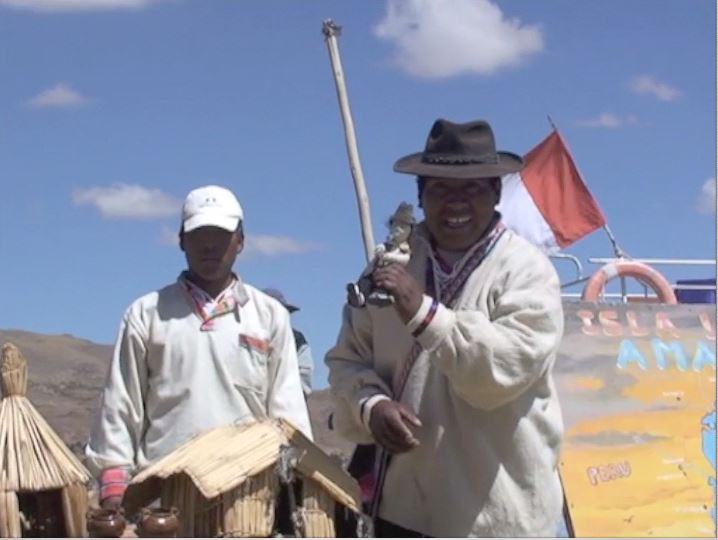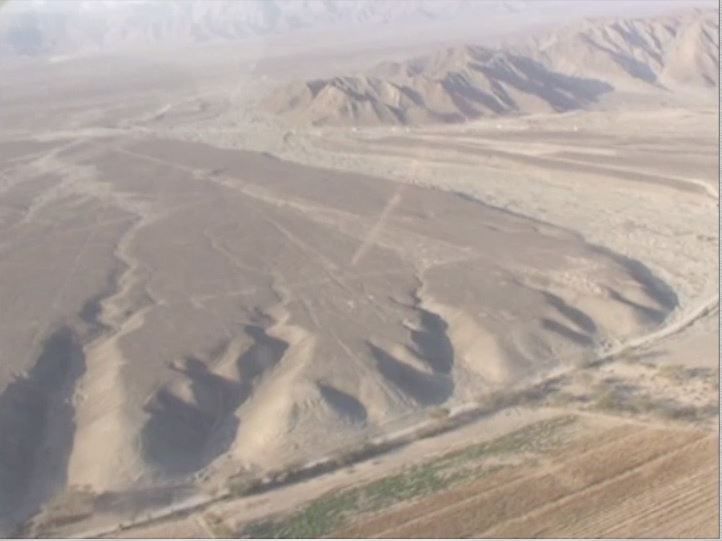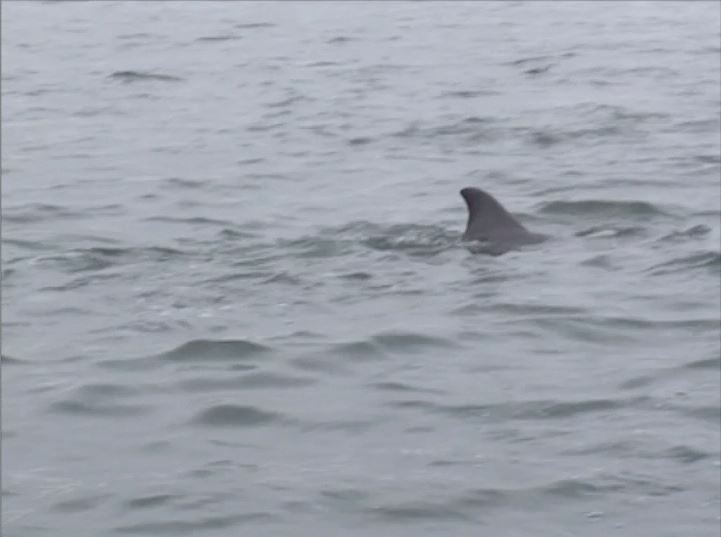Peru

Lima
A free morning in Lima after catching up with our sleep after the flight. We had a leisurely walk to the sea front and watched people hang gliding over the water. A deceitfully overcast and cloudy morning which resulted in a touch of sun burn for one of us! We had a light lunch in a cafe near to our hotel and then joined the rest of the group for an afternoon coach tour of the city, with time to admire the impressive colonial buildings of the Plaza de Armas, the presidential and archbishops palaces and the World Heritage protected 17th-century church of San Francisco. In the late afternoon we continued to the hacienda-housed Larco Herrera Museum This is a privately owned museum of pre-Columbian art (which contains a magnificent collection of gold, silver and pottery) and is housed in an 18th-century vice-royal building built over a 7th-century pre-Columbian pyramid.
Read More…
We left Lima in the morning for a short flight to Cusco, the ancient capital of the Inca Empire.
Cusco
The city is at an altitude of 3,330 metres (10,900ft), so for the next few days we had to slowly acclimatise to the altitude – we did notice the stall in the airport selling oxygen for those that needed it! On arrival we transferred to our hotel for lunch and the first of many drinks of tea made from the leaves of the coca plant (the source of cocaine).
The afternoon’s sightseeing included the Temple of the Sun, the cathedral and the Plaza de Armas with its many beautiful examples of Spanish colonial buildings built upon the earlier Inca foundations and walls. The Temple of the Sun was the most important temple in the Inca Empire, dedicated primarily to Inti, the Sun God. It was one of the most revered temples of the capital city of Cusco. The walls and floors were once covered in sheets of solid gold, and its adjacent courtyard was filled with golden statues. We also visited the imposing Inca fortress of Sacsahuaman, the underground temple of Kenko and the Inca baths of Tambomachay. We wished we could have stayed longer exploring this beautiful city.
Pisac
Started the day with a drive along the scenic Urubamba Valley, the so-called ‘Sacred Valley of the Incas’, to the town of Pisac which had a very colourful Indian market. From here we continued on to Ollantaytambo to view the best surviving example of Inca town planning and the fortress from which the Incas secured a rare victory over the Spanish. Ollantaytambo is a typical Inca town, and was so-named in honour of local chieftain Ollanta, who according to legend fell in love with one of the daughters of Inca ruler Pachacutec and was punished for daring to set his sights on royalty. The complex of Ollantaytambo, is perched on a hilltop overlooking the town and features buildings such as the Temple of the Sun, the MaÒaracay or Royal Chamber, the Incahuatana and the Princess’ Baths.
The upper section of Ollantaytambo features a fortress made up of a series of carved stone terraces built to protect the valley from possible invasion by warring jungle tribes. The Incas built several storehouses (Quechua: Qollqa) out of field stones on the hills surrounding Ollantaytambo. Their location at high altitudes, where there is more wind and lower temperatures, defended their contents against decay. To enhance this effect, the Ollantaytambo Qollqas feature ventilation systems. It is believed that they were used to store the production of the agricultural terraces built around the site. Grain would be poured in the windows on the uphill side of each building, then emptied out through the downhill side window.
One of its best preserved areas, known as Hanan Huacaypata lies north of the main square and contains 15 estates built with elegantly crafted stone walls. We drove on to the hotel where we were to stay for the next two nights, it seemed as if we were in the middle of nowhere, but the hotel when we found it was an old monastery with beautiful gardens and was a wonderful place to stay.
Chinchero
Today was a day tour to the Indian village and Inca ruins at Chinchero, the salt mines of Maras and the Inca agricultural terraces of Moray. Chinchero is a community located 28 km from Cuzco on the paved road to Urubamba. Here lie the remains of what was the royal hacienda of Tupac Inca Yupanqui, as well as beautiful colonial temples built on Inca foundations.
We had a demonstration of washing wool, spinning and dying and bought samples of the woven fabric. We continued on to Moray, a community famous for its embedded amphitheatre. Evidence seems to suggest that Moray was an important centre of Inca agricultural research. The site contains unusual Inca ruins, mostly consisting of several enormous terraced circular depressions, the largest of which is about 30m (98ft) deep. The purpose of these depressions is uncertain, but their depth and orientation with respect to wind and sun creates a temperature difference of as much as 15C (27 F) between the top and bottom. This large temperature difference was possibly used by the Inca to study the effects of different climatic conditions on crops.
As with many other Inca sites, it also has a sophisticated irrigation system. A steep and windy road with precipitous drops took us to the salt pans at Salinas, where layers of beige and white salt licks are still used to crystallise salt from the water. Since pre-Inca times, salt has been obtained in Maras by evaporating salty water from a local subterranean stream. The highly salty water emerges at a spring, a natural outlet of the underground stream. The flow is directed into an intricate system of tiny channels constructed so that the water runs gradually down onto the several hundred ancient terraced ponds.
Images
Videos
Map




